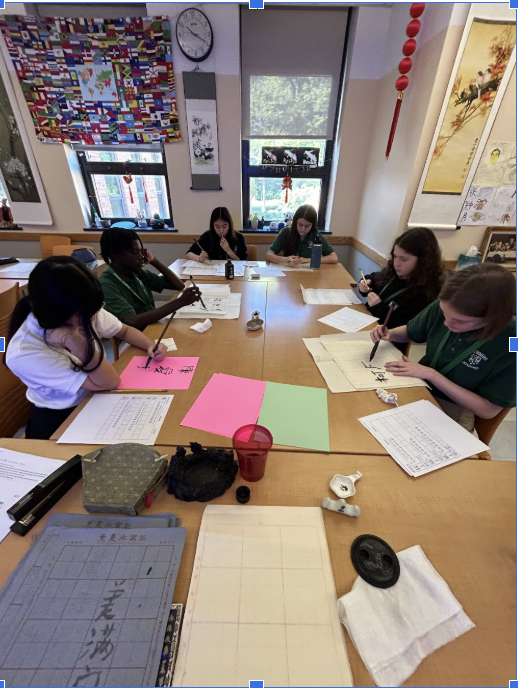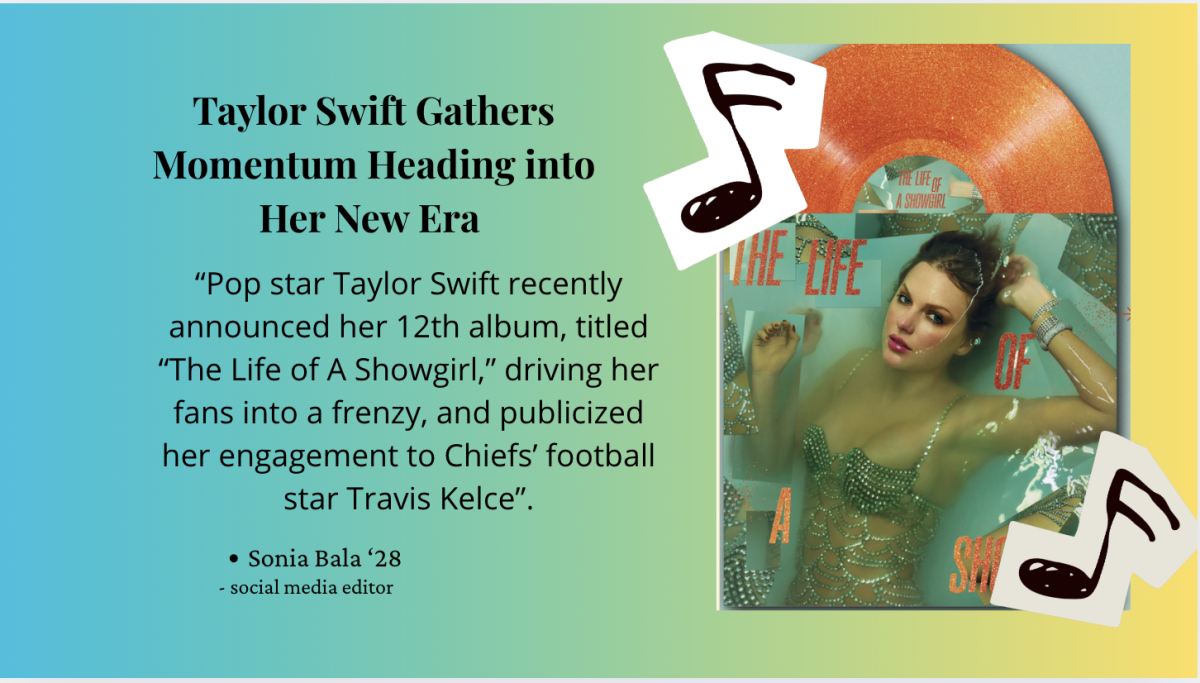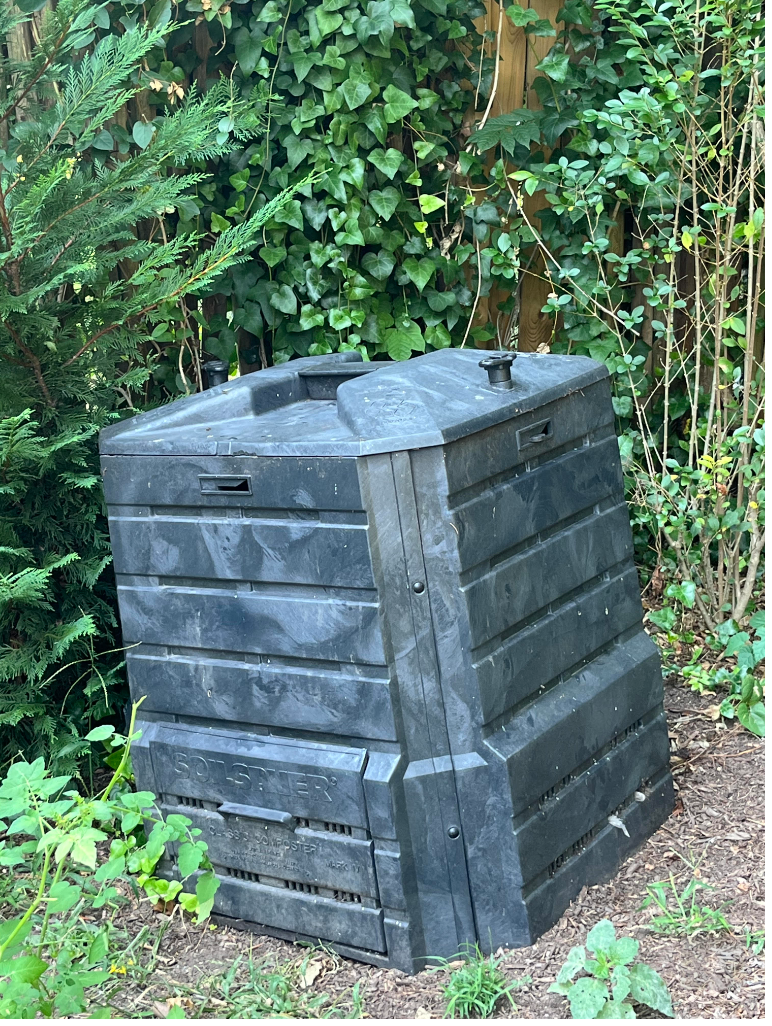Our Fight Against Climate Change
Our complacency is the largest barrier to climate change. It is much harder to motivate someone to change an aspect of their lifestyle to benefit the environment if it’s inconveniencing themselves. Other movements can be solved with activism, policy, and money, but climate change is a life-threatening matter in which people have to take action. Anyone can speak and promote the dangers of climate change.
For example, seventeen-year-old Swedish activist, Greta Thunberg, used her voice to gain recognition for the problems of climate change. Thunberg has not only sparked attention from the mainstream media but has openly criticized world leaders for their lack of action in facing the problem. At the 2019 Global Climate Strike, Thunberg defended the importance of the climate crisis in saying, “We deserve a safe future. And we demand a safe future. Is that really too much to ask?” Since then, she has organized strikes, switched to a vegan diet, upcycled her clothing, and uses environmentally friendly ways of transportation to decrease her carbon footprint. If a seventeen-year-old is able to completely alter her lifestyle, then it’s completely possible for the rest of us to follow in her footsteps.
Solving climate change is a multistep and complex problem. Climate solutions are more than the 3-step reduce, reuse, and recycle that we were all taught in elementary school. The current climate crisis calls for more immediate and heavier actions. The issue of climate change lies in the damages of our carbon footprints deteriorating the state of the earth. Therefore, solutions can be found in the many ways that we can diminish our carbon footprints. We can lower our carbon emissions through changes in transportation, diets, and home energy sources.
Within the Archmere community, we can do many things to boost the standard of an environmentally friendly school. Some implementations we could make include meatless Mondays, improving our recycling system, reducing electricity, and printing use and upcycling. We could also provide incentives for students to lead a greener lifestyle. One example could be allowing students who bring Tupperware to reduce material waste and save food, may only have to pay half of the tag day fee. There are many ways students can make an impact as long as we all do our part!















